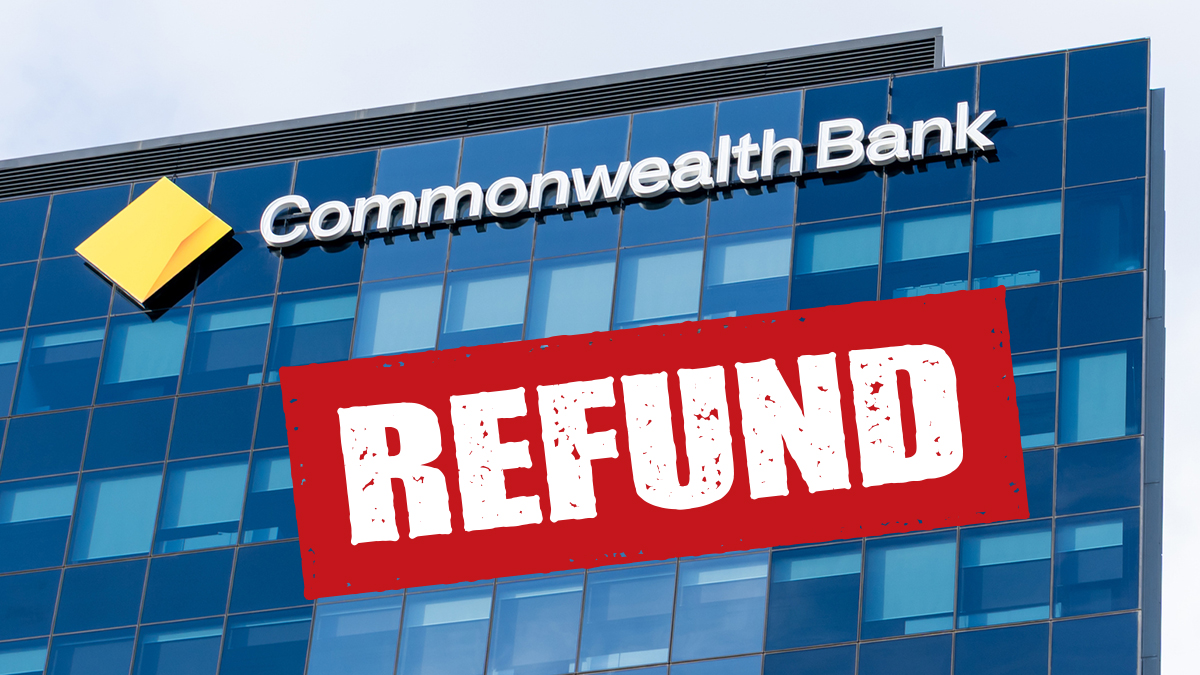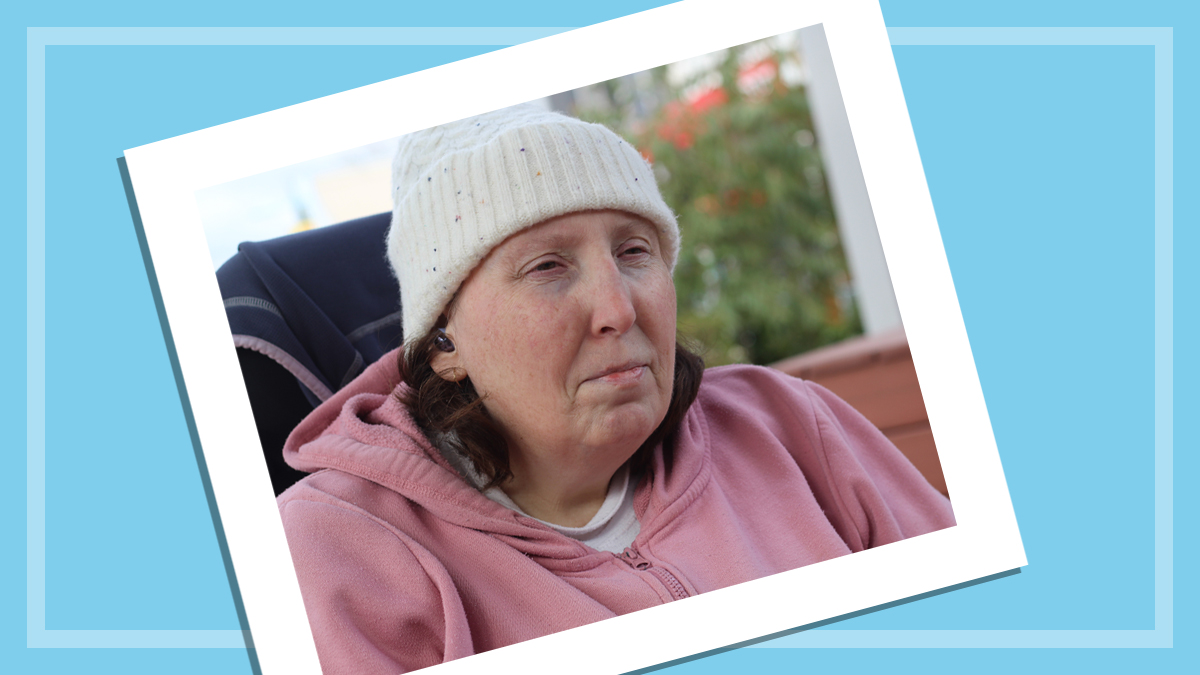Get our independent lab tests, expert reviews and honest advice.
Banks and insurers called on to prevent financial abuse in family violence situations
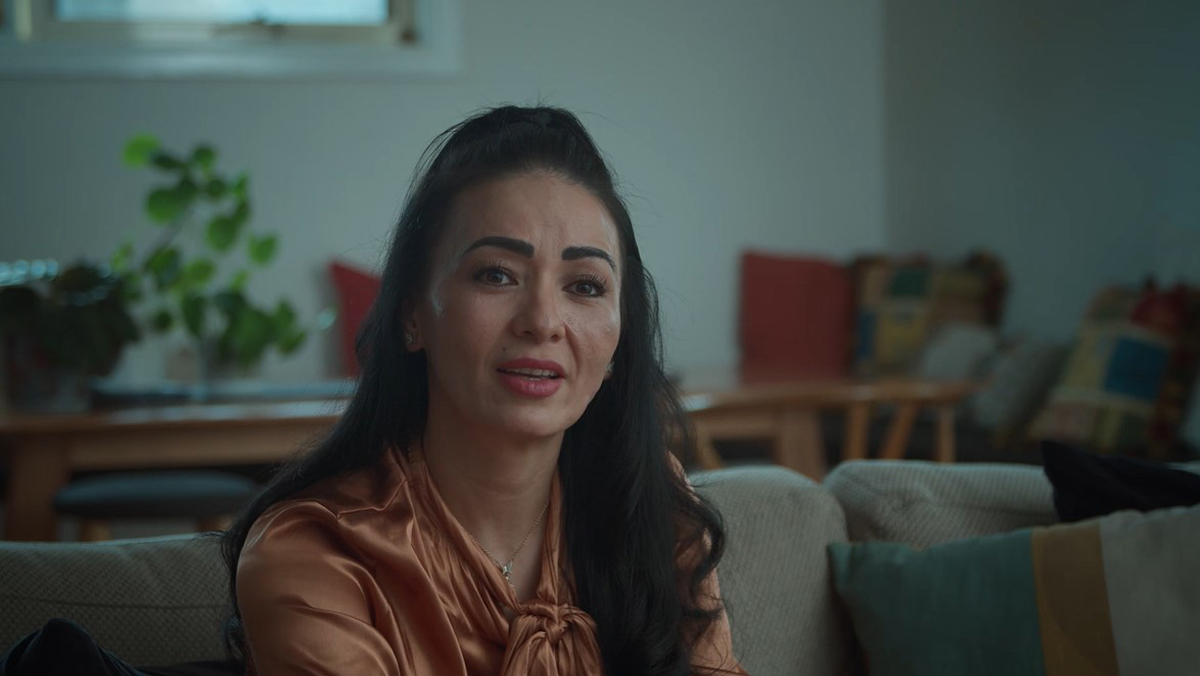
Need to know
- A new report commissioned by the federal government calls on financial service providers to do more to prevent financial abuse
- An Afghan-Australian woman has shared her shocking experience with a major bank
- Support workers say industry needs to do more to tackle the issue
This article mentions domestic violence. If you or anyone you know needs support, contact 1800Respect on 1800 737 732 or visit www.1800respect.org.au.
When Sayema took out loan protection insurance with her bank in 2013 she says they never provided her with a translator, and as a result she didn’t properly understand the product she signed up for.
The Afghan mother, who migrated to Australia in 2006 and is based in Melbourne, says she thought she would be protected when her family violence situation got worse the following year.
I couldn’t walk, I couldn’t work, I was hospitalised and had no income
Sayema
Sayema was stabbed multiple times by her then-partner and ended up in hospital and unable to work. She says she was shocked when she was told by her bank that her trauma did not qualify her for protection under her insurance.
“It was really bad, I was thinking what trauma is enough to protect my roof? I don’t know what kind of trauma they are asking; trauma is trauma. I couldn’t walk, I couldn’t work, I was hospitalised and had no income,” she tells CHOICE.
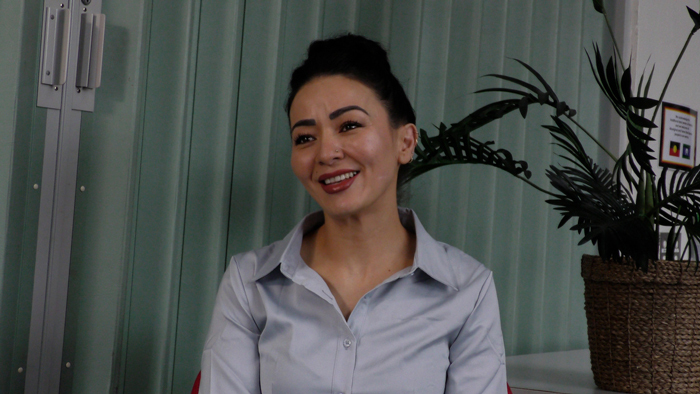
Sayema’s bank, a major institution which can’t be named due to a confidential settlement that was reached, eventually did pay out her insurance after years of work by Sayema’s financial counsellor Rachna Madaan-Bowman.
Madaan-Bowman, who works at the Melbourne-based South East Community Links says it never should have taken that level of advocacy, including complaints to the Ombudsman, for Sayema to get support.
How a system could not recognise the trauma that she had gone through … it was shocking
Financial counsellor Rachna Madaan-Bowman
“I was angry. How a system could not recognise the trauma that she had gone through, that it did not meet the product disclosure statement or the terms and conditions of the product that was sold to her, it was shocking,” she says.
“Saying that a person being stabbed 10 times is not trauma enough? But if she had a heart attack it would have been covered, it was shocking for me as a financial counsellor.”
A new report on financial abuse
Madaan-Bowman, along with her colleagues, has recently written a report for the financial services sector on how they can more actively engage in financial abuse and family violence prevention. The report, a partnership between universities and not-for-profit organisations, was commissioned by the previous federal government, but only recently released.
Financial abuse is a form of family and domestic violence that involves withholding or controlling the money and finances of the other person. Perpetrators can be a partner, family member, carer or friend.
Kay Dilger, the head of financial wellbeing at South East Community Links, says financial abuse is a common feature of family violence.
80 percent of victim survivors of family violence experience financial abuse as part of that family violence
Kay Dilger, South East Community Links
“Financial abuse doesn’t discriminate, we know the prevalence of family violence across the country and the data suggests that over 80 percent of victim survivors of family violence experience financial abuse as part of that family violence,” she tells CHOICE.
“The report is an opportunity for the financial service providers to look at how they design products and respond to financial abuse and really look at preventing it. It’s really aimed at changing the way financial abuse is looked at and thought about by industry,”.
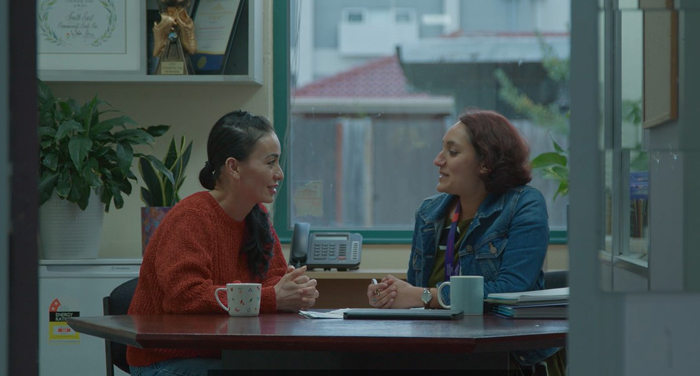
Financial industry responds positively
Dilger says banks and insurance providers engaged with them positively in focus groups and have responded to the report well. She says she is optimistic that things are changing and that experiences like Sayema’s are becoming less common.
“For Sayema the system failed her. It did not ensure that she understood in her own right what she was signing up for, the product was not appropriate for her circumstances and that was not clear at that time. Sayema’s case is an example where the system failed and it took a long time – three years – to just work with that one person. It’s just an indicator of how long it can take to resolve financial abuse,” she says.
Madaan-Bowman says the approach from the industry needs to be holistic and at all levels. She also called for access to interpreters enshrined in the new banking code of practice.
“For a change to be meaningful it has to happen at the top, there has to be a connectedness from the CEO, to business analysts, to ground level customer support staff, that they all have a shared understanding of what is financial abuse and what they have to do,” she says.
“It’s not just a once off response; there needs to be regular and annual reviews into what they are doing and what they need to do.”
For Sayema, she hopes that in speaking out and sharing her story it encourages change within the industry that let her down.
“I raised my voice, and after that they supported me, the bank gave me compensation… and now I can speak,” she says.

